Home>Maintenance & Safety>Home Maintenance Checklists>How To Dog Proof Trash Can
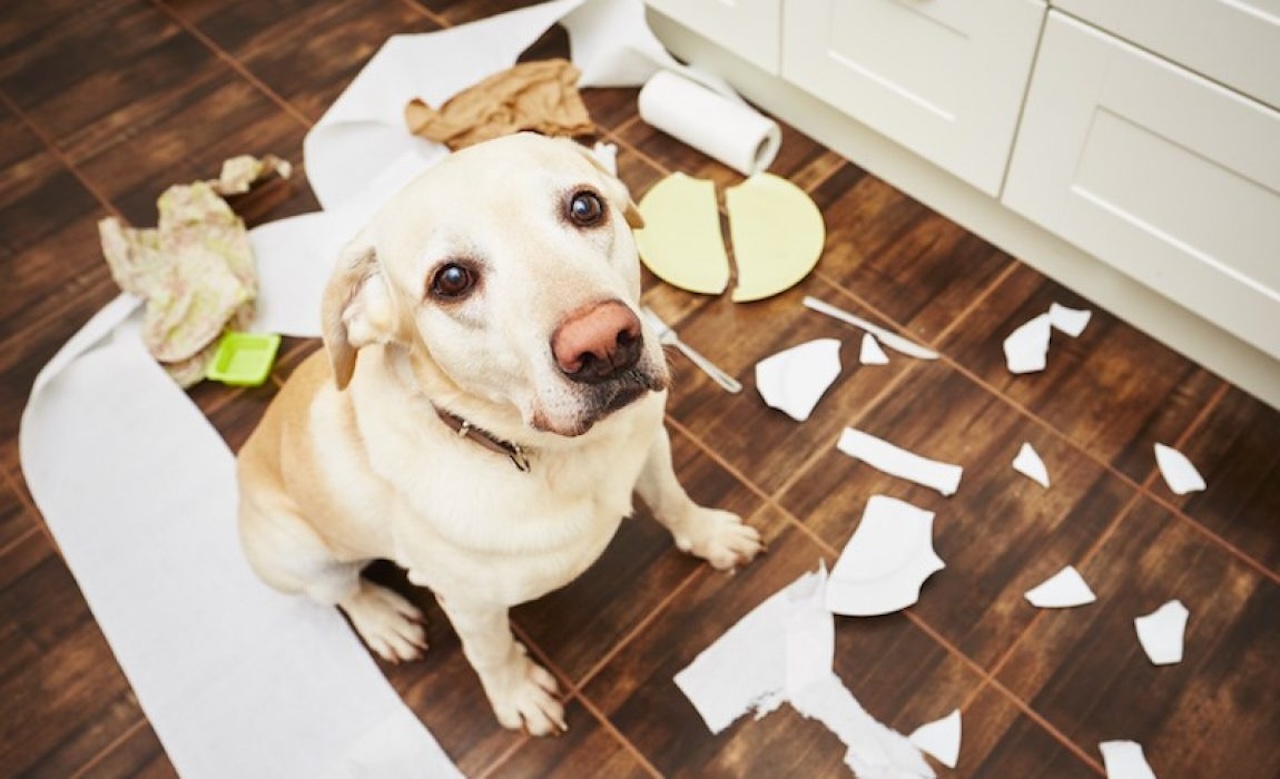

Home Maintenance Checklists
How To Dog Proof Trash Can
Modified: January 20, 2024
Learn how to dog-proof your trash can with our comprehensive home maintenance checklist. Keep your home clean and your furry friend safe!
(Many of the links in this article redirect to a specific reviewed product. Your purchase of these products through affiliate links helps to generate commission for Storables.com, at no extra cost. Learn more)
Introduction
Welcome to the ultimate guide on how to dog-proof your trash can. As a pet owner, you understand the joy and companionship that dogs bring into our lives. However, along with their playful antics and unwavering loyalty, dogs can sometimes be mischievous, especially when it comes to scavenging for scraps in the trash. This behavior not only creates a mess but can also pose health risks to your furry friend.
In this comprehensive guide, we will delve into the various strategies and tips to effectively dog-proof your trash can, ensuring a clean and safe environment for both your pet and your household. From understanding the risks associated with dogs accessing the trash to choosing the right trash can and implementing training techniques, we've got you covered.
So, whether you're a new pet owner looking to proactively prevent trash-related mishaps or a seasoned dog parent seeking effective solutions, this guide is designed to equip you with the knowledge and tools necessary to keep your trash secure from curious canines. Let's embark on this journey to create a harmonious living space for you and your beloved pet.
Key Takeaways:
- Keep your dog safe and your home clean by choosing a sturdy, secure trash can with odor containment features and elevated placement to deter your furry friend’s curiosity.
- Consistent training and positive reinforcement are key to preventing your dog from accessing the trash can, creating a harmonious living space for both you and your beloved pet.
Read more: How To Dog Proof A Fence
Understanding the Risks
Before delving into the solutions, it’s essential to comprehend the potential risks associated with dogs accessing the trash. Dogs are naturally curious and possess a keen sense of smell, making the enticing aromas emanating from the trash an irresistible temptation. However, allowing them to rummage through the garbage can lead to various hazards.
Health Risks: Consuming spoiled or rotten food from the trash can result in gastrointestinal issues for your dog. Moldy food, spoiled dairy products, and discarded bones can cause stomach upset, vomiting, diarrhea, and in severe cases, food poisoning. Additionally, ingesting non-food items such as plastic packaging or hazardous substances can pose serious health risks.
Household Mess: When a dog successfully gains access to the trash, the aftermath is often a chaotic mess. Torn garbage bags, scattered debris, and strewn litter can create a significant cleanup task for pet owners. This not only adds to your household chores but also poses a risk of injury if sharp or hazardous items are strewn about.
Behavioral Reinforcement: Allowing dogs to freely scavenge through the trash can inadvertently reinforces this undesirable behavior. Dogs may associate digging through the trash with a rewarding experience, making it a habitual and challenging behavior to correct.
By recognizing these risks, pet owners can appreciate the importance of implementing effective measures to prevent dogs from accessing the trash. The subsequent sections will provide actionable steps to mitigate these risks and foster a safe, hygienic, and harmonious living environment for both you and your furry companion.
Choosing the Right Trash Can
When it comes to dog-proofing your trash can, selecting the appropriate receptacle is the first line of defense. Here are key considerations to ensure you choose a trash can that effectively deters your dog’s curiosity:
- Material and Durability: Opt for a sturdy, durable trash can made of metal or heavy-duty plastic. These materials are resilient and can withstand a dog’s attempts to access the contents. Avoid lightweight or flimsy cans that can easily be toppled over or damaged by persistent pets.
- Secure Lid: Look for a trash can with a secure, locking lid. This feature prevents dogs from prying it open and accessing the contents. Some models come with latching mechanisms or weighted lids to further deter curious canines.
- Size and Stability: Choose a trash can that is appropriately sized and stable. A larger, heavier can is less likely to be tipped over by a determined dog. Additionally, a wide and stable base contributes to the overall stability of the trash can.
- Odor Containment: Opt for a trash can with effective odor containment features. Sealed lids and odor-blocking materials help minimize the enticing smells that attract dogs to the trash. By reducing the aroma, you can discourage your pet’s interest in the contents of the trash can.
- Elevated Placement: Consider the placement of the trash can. Elevated or wall-mounted options can be effective in keeping the trash out of reach of dogs. Ensure that the chosen location is convenient for household members to dispose of trash while remaining inaccessible to pets.
By carefully considering these factors, you can select a trash can that serves as an effective deterrent against your dog’s attempts to access the contents. The next step involves securing the trash can to further reinforce its dog-proofing capabilities, which we will explore in the following section.
Securing the Trash Can
After choosing the right trash can, the next crucial step in dog-proofing is to implement additional security measures to prevent unauthorized access. Here are effective strategies to secure your trash can and thwart your dog’s attempts to rummage through it:
- Use Bungee Cords or Locks: Secure the lid of the trash can with heavy-duty bungee cords or locks. This prevents your dog from prying open the lid and gaining access to the contents. Ensure that the cords or locks are robust enough to withstand your dog’s attempts to dislodge them.
- Weighted Lid or Lid Clips: Some trash cans come with weighted lids or lid clips designed to keep the lid tightly sealed. These features make it challenging for dogs to open the trash can, even if they manage to knock it over or nudge it.
- Invest in a Dog-Proof Trash Can: Consider purchasing a specialized dog-proof trash can equipped with features specifically designed to thwart pets’ attempts to access the contents. These cans often feature locking mechanisms, reinforced construction, and innovative designs that make it nearly impossible for dogs to breach the lid.
- Place the Trash Can in a Enclosed Area: If feasible, position the trash can in an enclosed area such as a pantry, cabinet, or dedicated trash can enclosure. This adds an extra layer of security by physically restricting your dog’s access to the trash can.
- Utilize Deterrents: Apply pet-safe deterrents around the trash can to discourage your dog from approaching it. Citrus-scented sprays, motion-activated alarms, or bitter-tasting substances can dissuade dogs from getting too close to the trash can.
By implementing these strategies, you can significantly enhance the security of your trash can, making it less susceptible to your dog’s persistent attempts to access its contents. Additionally, these measures contribute to a safer and cleaner living environment, benefiting both your household and your beloved pet.
Consider using a trash can with a secure lid or a locking mechanism to prevent your dog from getting into it. You can also place the trash can in a cabinet or use a heavy-duty strap to secure the lid.
Training Your Dog
While securing the trash can is essential, proactive training plays a pivotal role in preventing dogs from attempting to access it. Training your dog to respect boundaries and understand appropriate behavior around the trash can can significantly reduce the likelihood of unwanted scavenging. Here are effective training techniques to instill positive behaviors:
- Positive Reinforcement: Utilize positive reinforcement techniques to encourage desirable behaviors. When your dog shows disinterest in the trash can or obeys commands to leave it alone, reward them with praise, treats, or toys. This reinforces the desired behavior and fosters a positive association with respecting the trash can boundaries.
- Consistent Commands: Establish clear, consistent commands such as “leave it” or “no touch” when your dog approaches the trash can. Practice these commands during training sessions and consistently reinforce them when interacting with the trash can. Over time, your dog will learn to associate these commands with avoiding the trash can.
- Desensitization Training: Gradually desensitize your dog to the presence of the trash can. Begin by placing the trash can in the designated area and gradually introduce your dog to it while reinforcing positive behaviors. This gradual exposure helps your dog acclimate to the presence of the trash can without feeling compelled to investigate its contents.
- Interactive Play and Distractions: Engage your dog in interactive play and provide stimulating distractions to redirect their attention away from the trash can. Interactive toys, puzzle feeders, and engaging activities help channel your dog’s energy and curiosity in a positive direction, reducing their focus on the trash can.
- Supervision and Monitoring: When initially implementing training, closely supervise your dog’s interactions with the trash can. Correct any attempts to access the trash can with gentle redirection and reinforcement of the designated commands. Consistent monitoring helps reinforce the training and prevents regression in behavior.
By incorporating these training techniques into your daily interactions with your dog, you can effectively communicate boundaries and expectations regarding the trash can. Consistency, patience, and positive reinforcement are key elements in shaping your dog’s behavior and fostering a respectful attitude toward the trash can.
Read more: What Trash Can Does Dog Poop Go In
Consistency is Key
Consistency is a fundamental aspect of successfully dog-proofing your trash can and instilling positive behaviors in your pet. Whether it’s reinforcing training techniques or maintaining the security of the trash can, consistency plays a pivotal role in shaping your dog’s behavior and preventing unwanted access to the trash. Here’s why consistency is essential and how it can be applied:
- Reinforcing Training: Consistently reinforce the training techniques and commands introduced to your dog. Repetition and consistency help solidify the desired behaviors and create lasting associations with respecting the boundaries around the trash can.
- Maintaining Security Measures: Regularly inspect and maintain the security measures implemented to dog-proof the trash can. Ensure that locks, latches, or deterrents are functioning effectively and that the trash can remains inaccessible to your dog. Consistent maintenance is crucial in upholding the integrity of the dog-proofing measures.
- Unified Family Approach: Enlist the cooperation of all household members in maintaining consistency. Ensure that everyone follows the same training protocols and adheres to the established rules regarding the trash can. A unified approach prevents confusion and reinforces the expectations set for the dog’s behavior.
- Adaptation and Reinforcement: As your dog progresses in their training, adapt the techniques to suit their learning pace and individual behavior. Consistently reinforce positive behaviors while addressing any setbacks with patience and persistence. Adaptation ensures that the training remains effective and relevant to your dog’s development.
- Positive Environment: Consistently foster a positive and enriching environment for your dog. Provide ample opportunities for exercise, mental stimulation, and positive interactions to minimize boredom and prevent the temptation to seek entertainment in the trash can. A positive environment reduces the likelihood of your dog resorting to undesirable behaviors.
By upholding consistency in training, reinforcement, and environmental factors, you can effectively mitigate the risks associated with dogs accessing the trash can. Consistency fosters a harmonious and secure living space for both your pet and your household, ultimately strengthening the bond between you and your furry companion.
Conclusion
Congratulations on completing this comprehensive guide on dog-proofing your trash can. By understanding the risks, choosing the right trash can, securing it effectively, and implementing consistent training, you’ve taken proactive steps to create a safe and hygienic environment for your beloved pet and your household. As you embark on this journey, remember that patience, persistence, and a positive approach are key elements in successfully dog-proofing your trash can.
By recognizing the potential health risks, household mess, and behavioral implications associated with dogs accessing the trash, you’ve demonstrated a commitment to safeguarding your pet’s well-being. Through the selection of a suitable trash can, incorporating additional security measures, and investing in proactive training, you’ve equipped yourself with the tools to prevent unwanted access to the trash can.
Consistency is paramount in reinforcing positive behaviors and maintaining the security of the trash can. Whether it’s reinforcing training techniques, upholding security measures, or fostering a positive environment, your dedication to consistency will yield lasting results in preventing your dog from scavenging through the trash.
As you continue on this journey, remember that each dog is unique, and the effectiveness of the strategies outlined in this guide may vary based on individual behavior and learning pace. Adaptation, patience, and a deep understanding of your pet’s needs will further enhance the success of your efforts in dog-proofing the trash can.
By following the guidelines presented in this guide, you’re not only creating a safer and cleaner living space but also strengthening the bond with your furry companion. Your proactive approach to dog-proofing the trash can reflects your commitment to providing a nurturing and secure environment for your pet, ultimately contributing to a harmonious coexistence between you, your dog, and your household.
Thank you for prioritizing the well-being and safety of your pet. With the knowledge and strategies gained from this guide, you are well-equipped to effectively dog-proof your trash can and create a thriving environment for both you and your beloved canine companion.
Frequently Asked Questions about How To Dog Proof Trash Can
Was this page helpful?
At Storables.com, we guarantee accurate and reliable information. Our content, validated by Expert Board Contributors, is crafted following stringent Editorial Policies. We're committed to providing you with well-researched, expert-backed insights for all your informational needs.
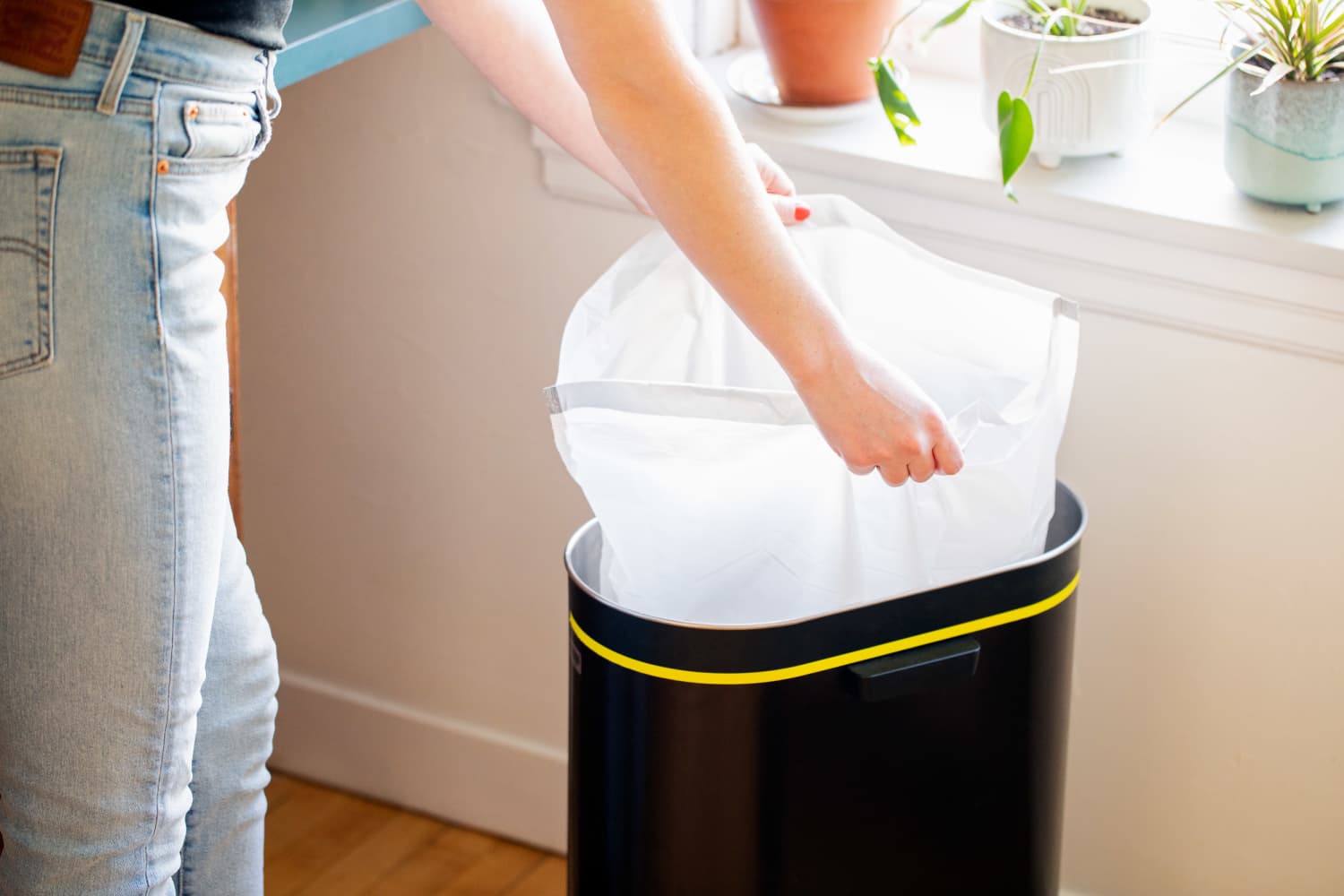
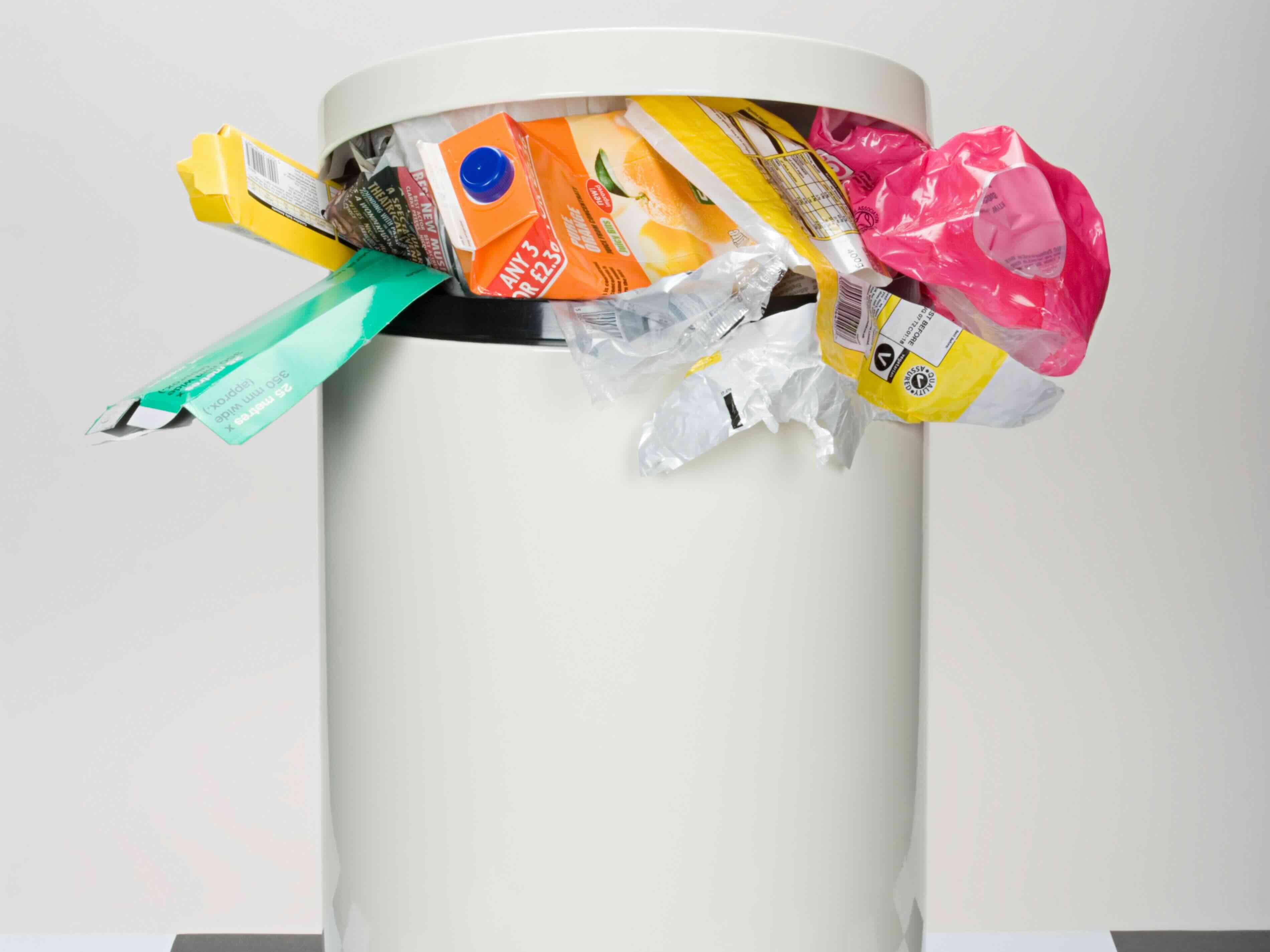
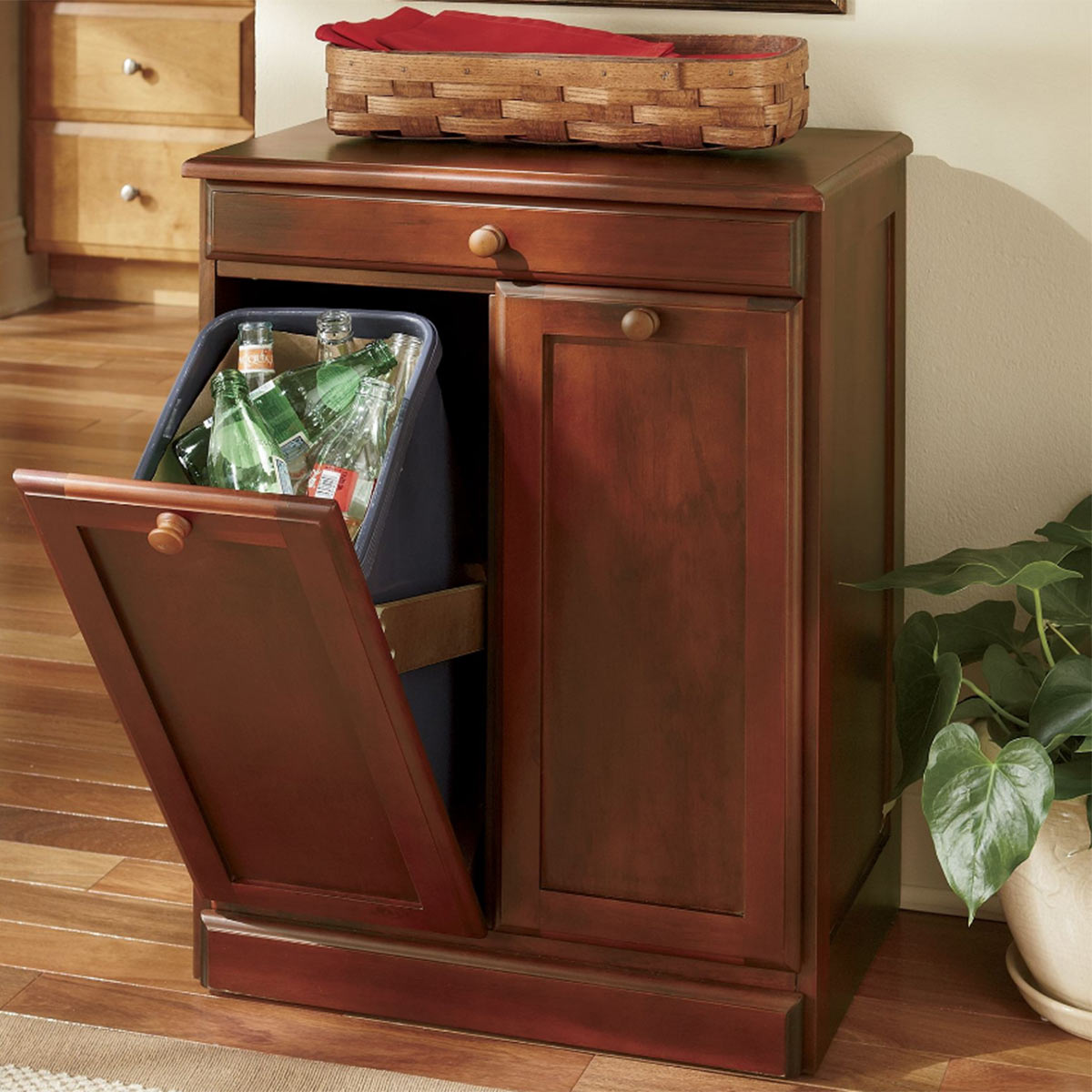
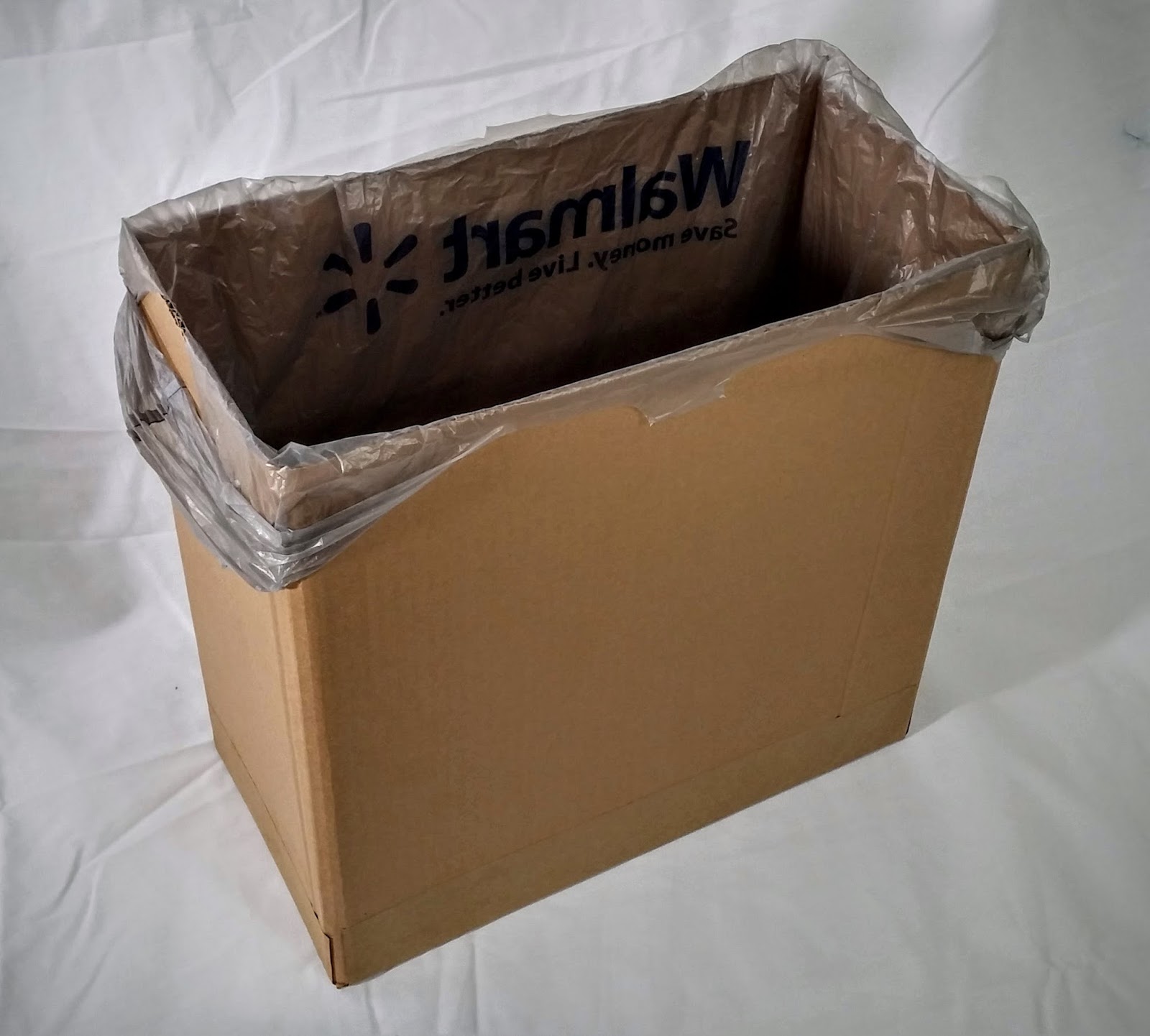
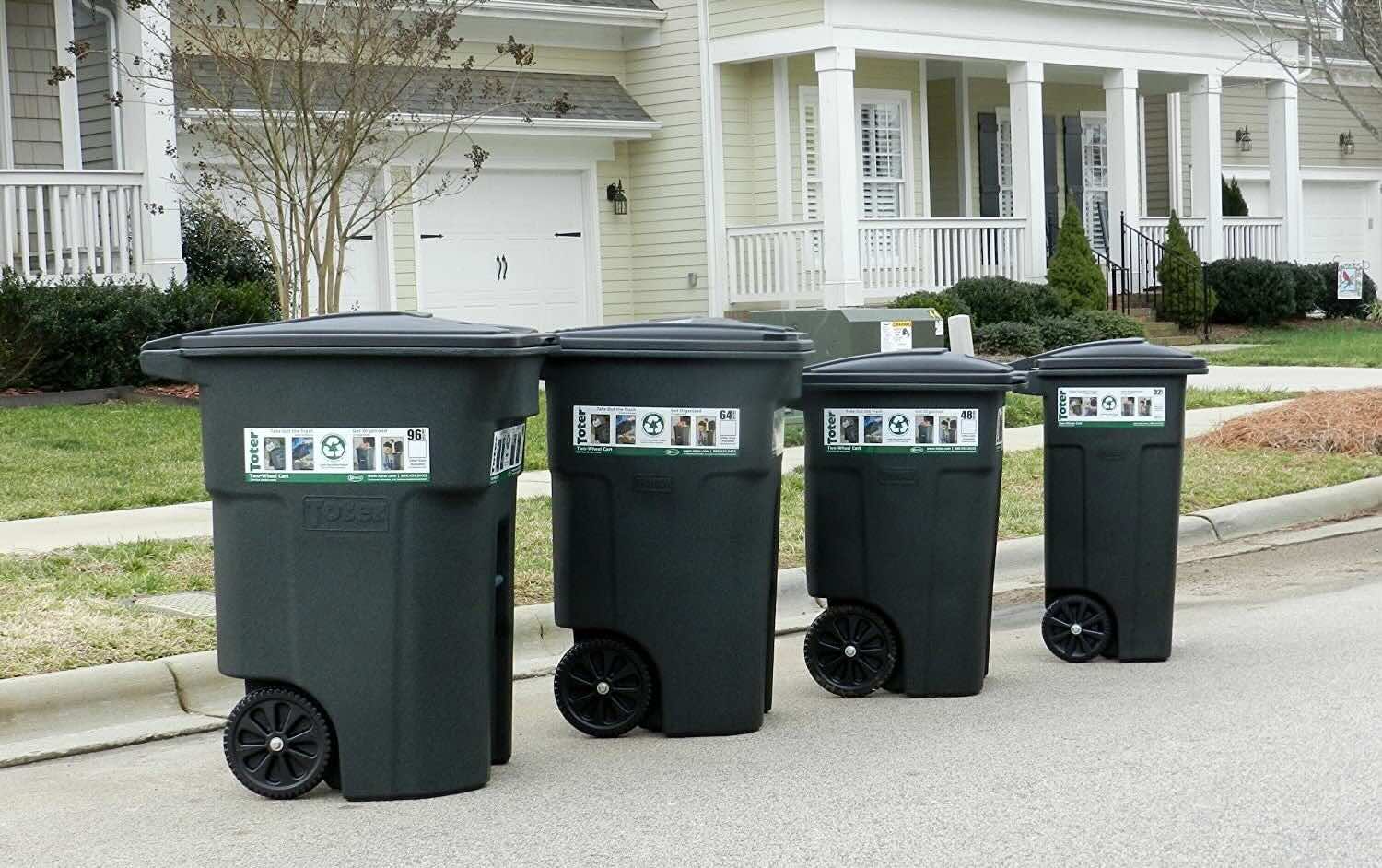
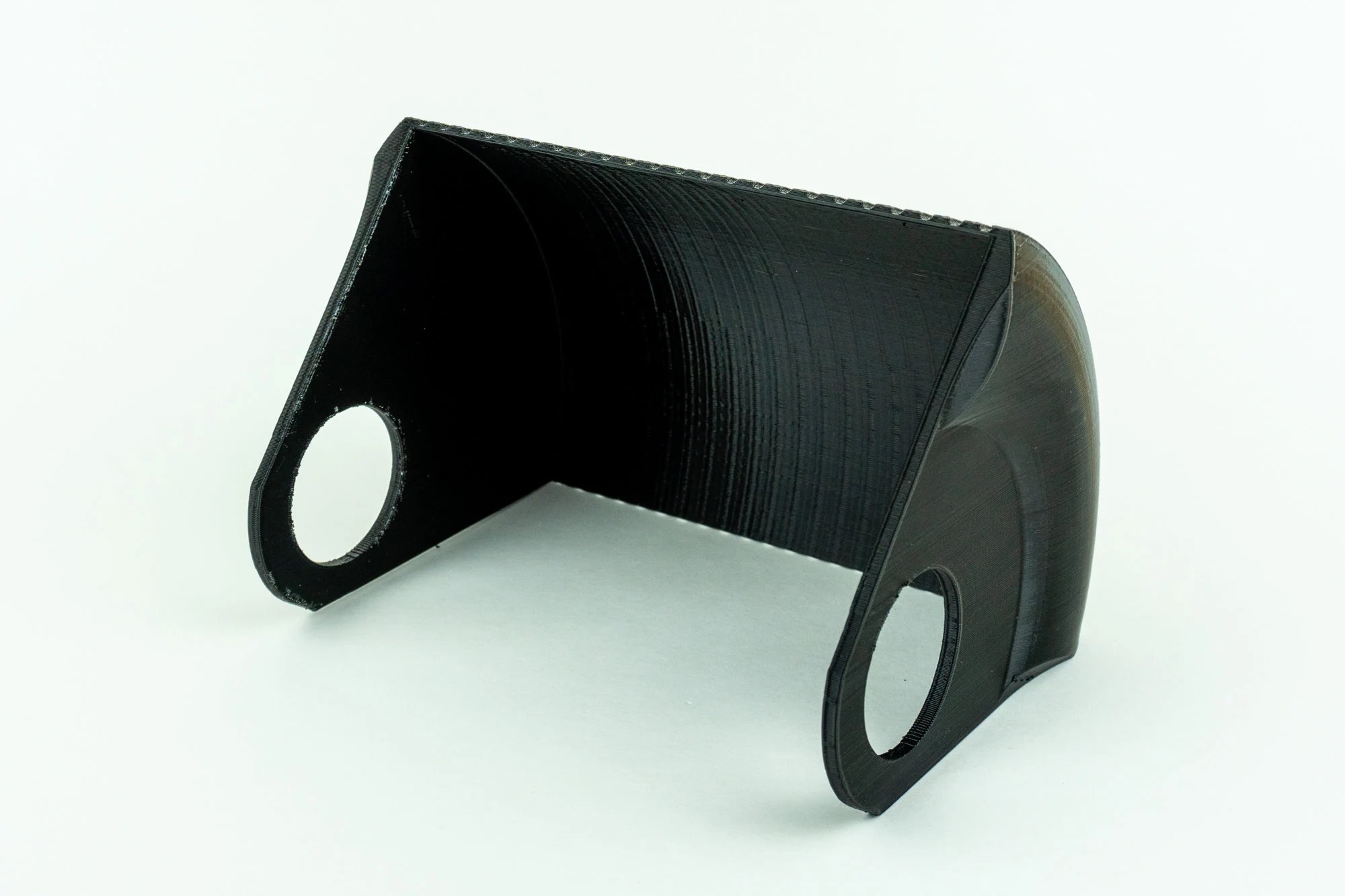
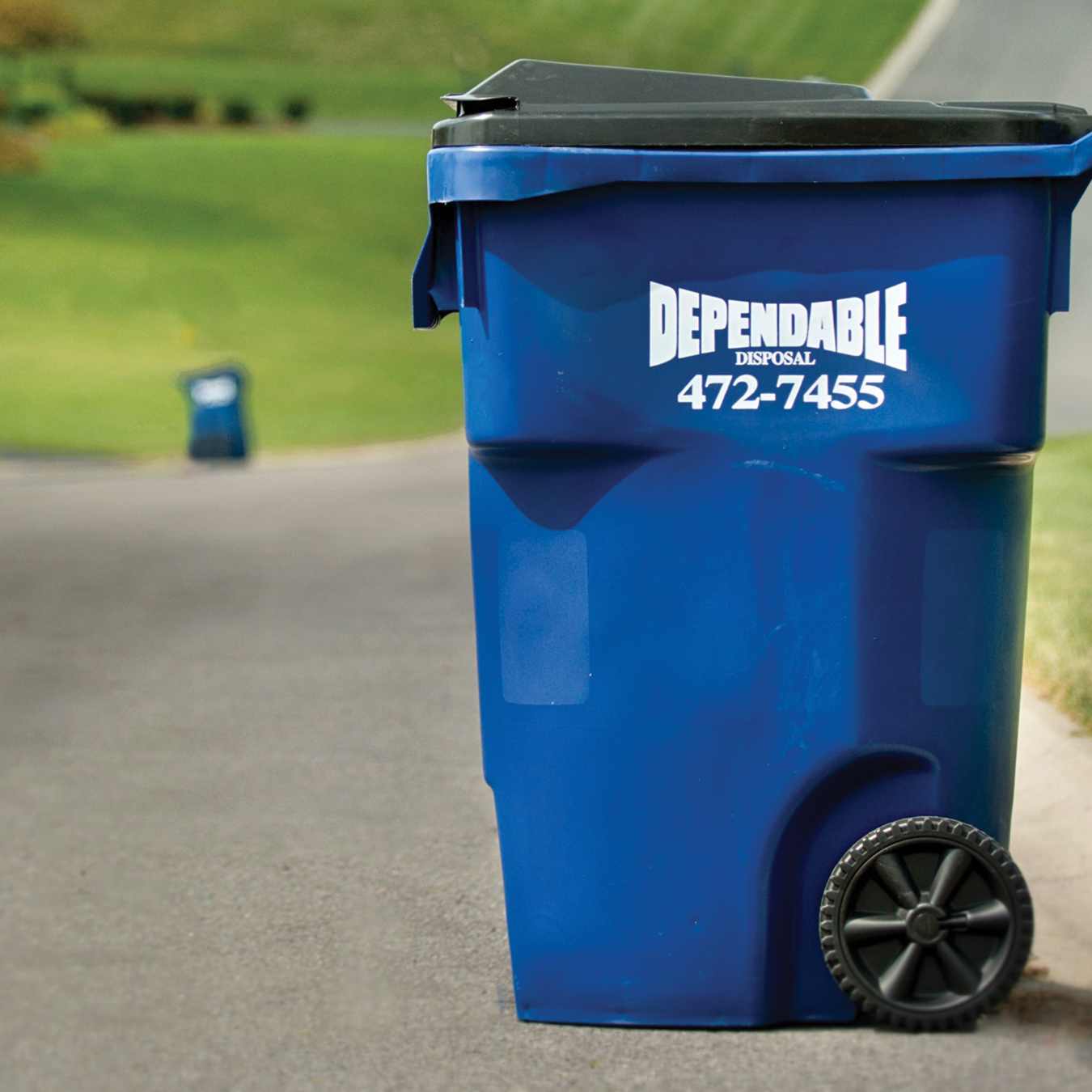
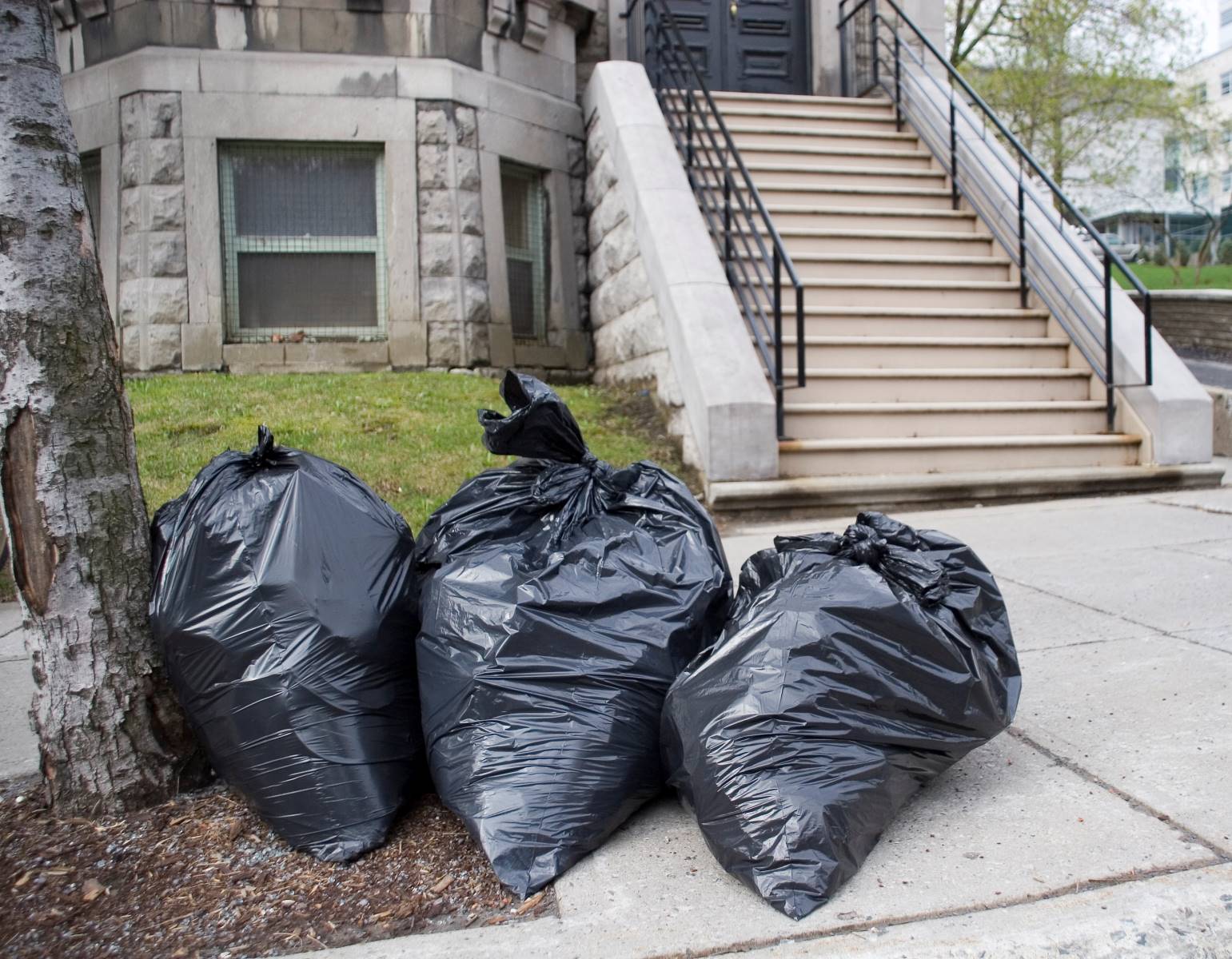
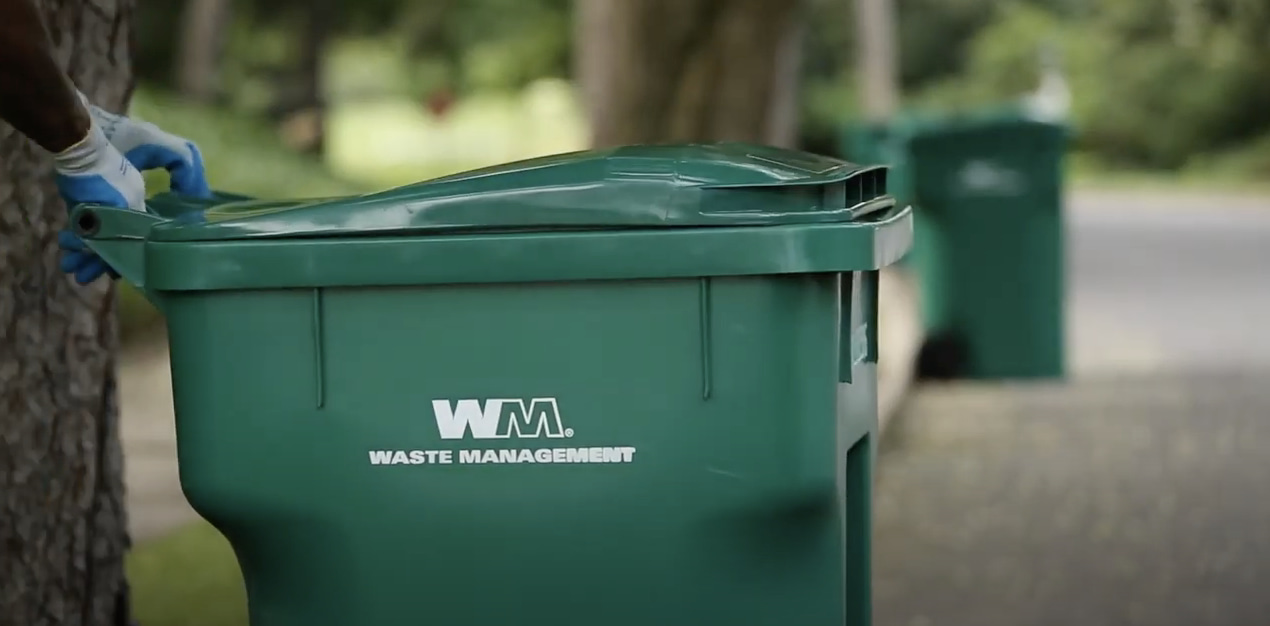

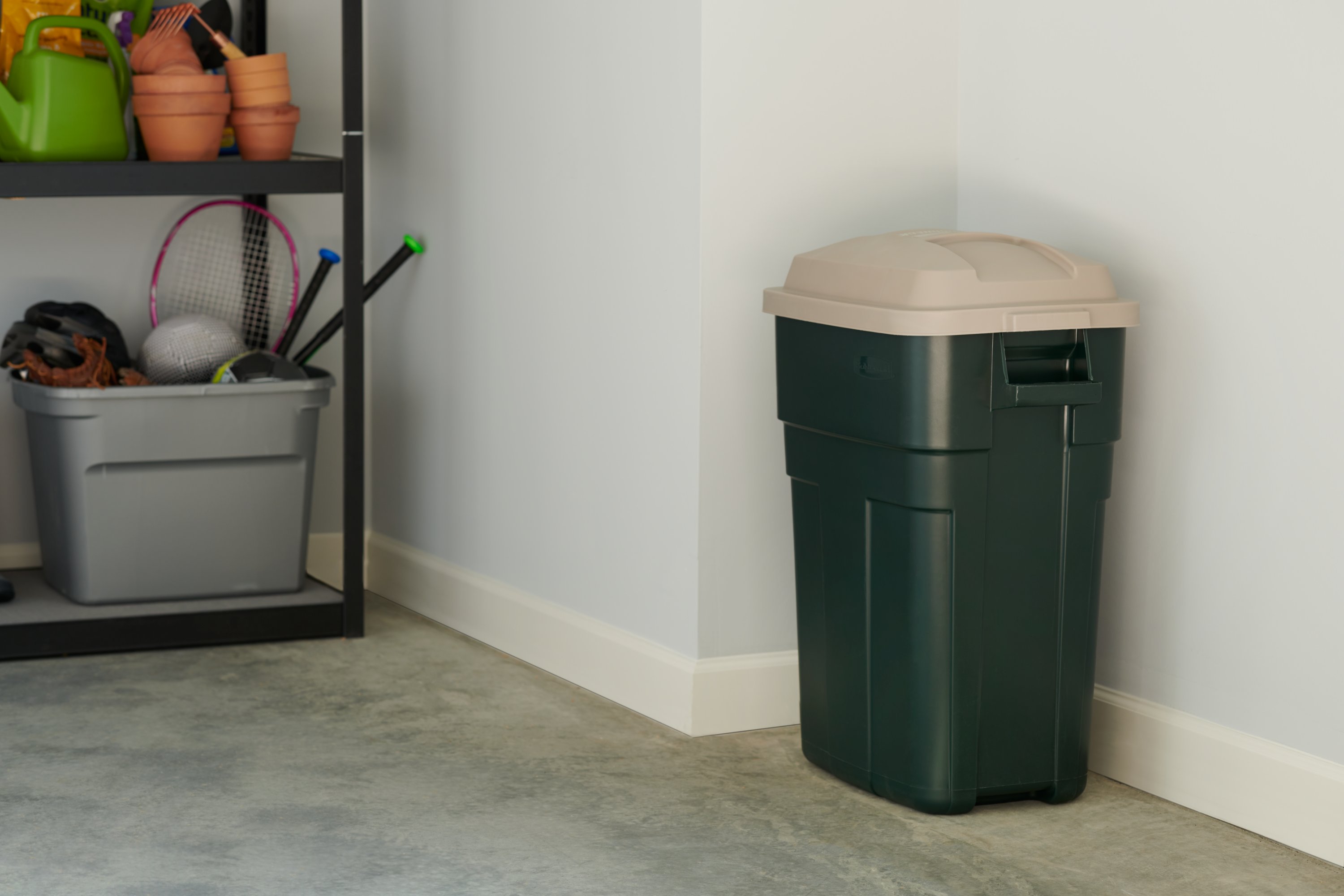
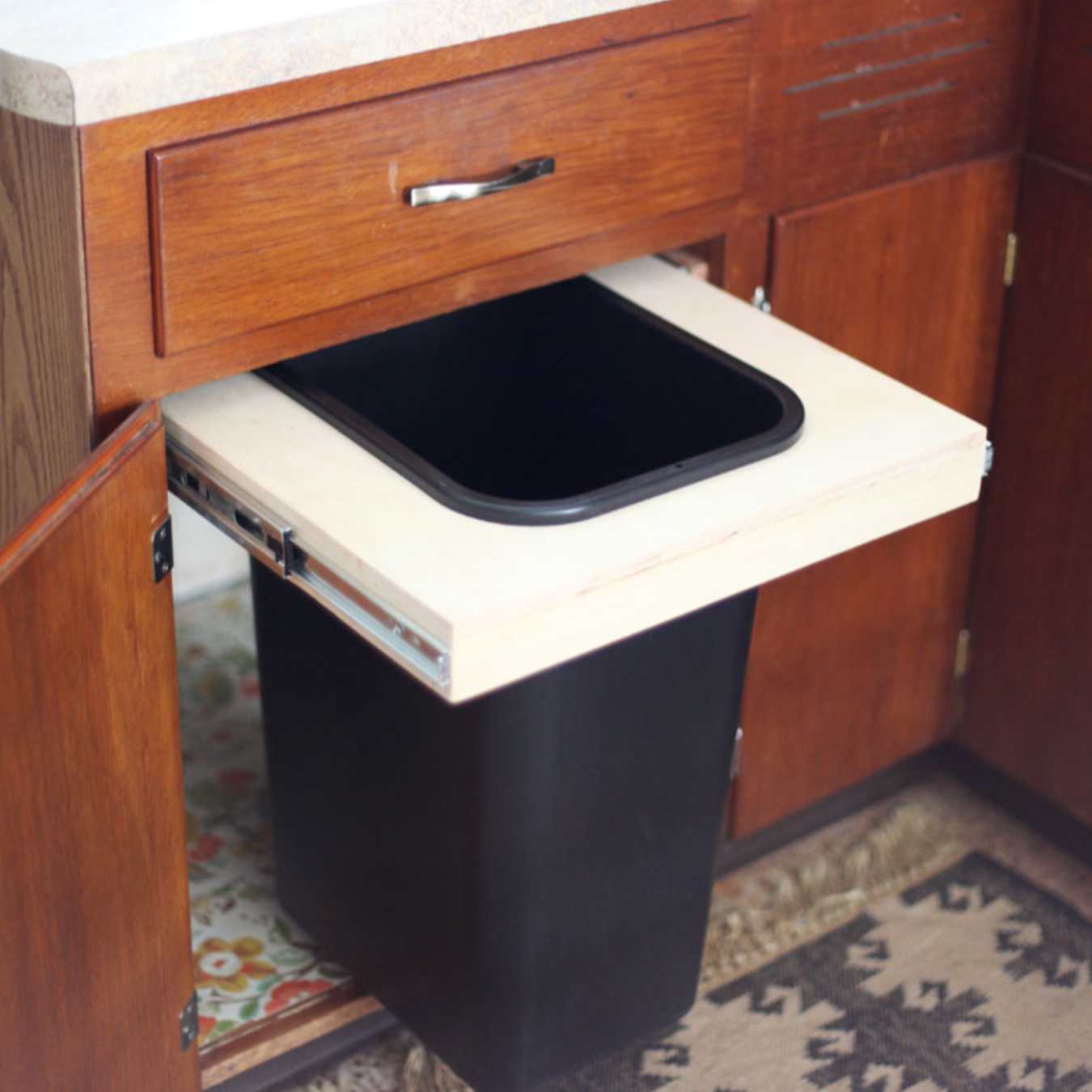
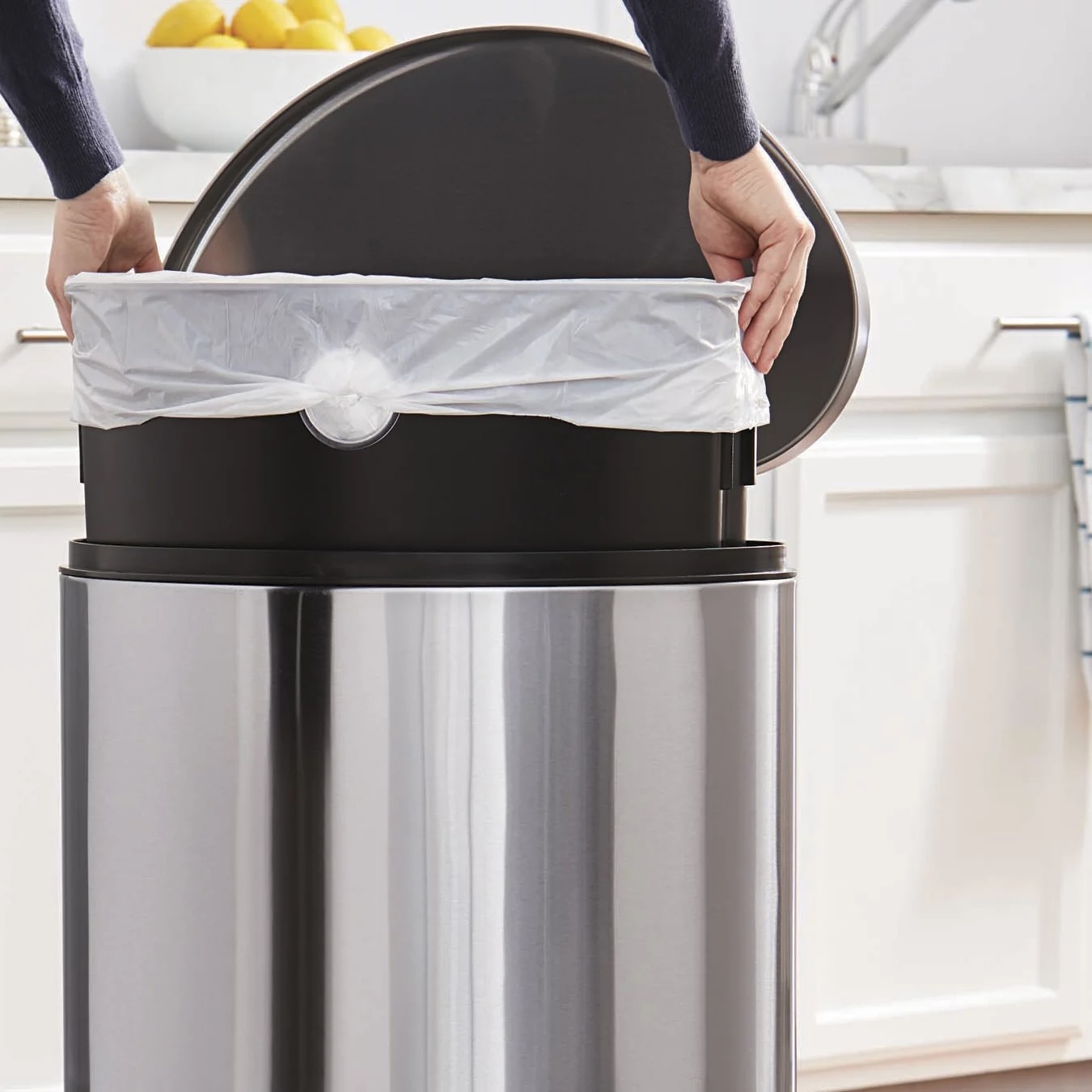


0 thoughts on “How To Dog Proof Trash Can”